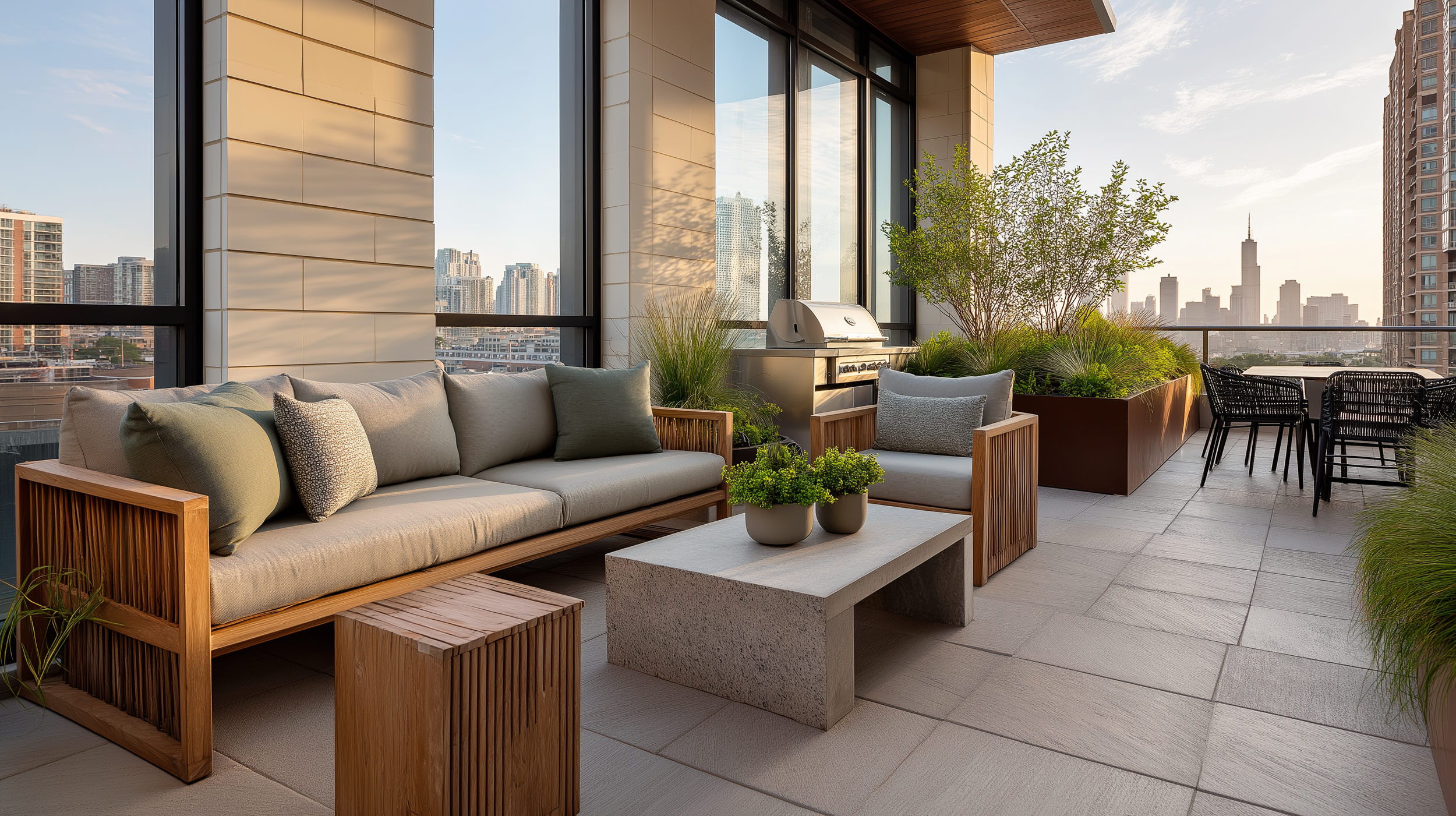Wellness Design: Beyond Spa Spaces
Infusing Wellness Principles into Everyday Commercial Spaces
Wellness design isn't just for spas anymore. It’s popping up everywhere—from offices and hotels to restaurants and retail spaces. Why? Because wellness is no longer just a trend; it’s a lifestyle standard.
At DESIGNBAR, we bring wellness design into everyday environments where people gather, work, and play. Our WELL-certified designers know how to integrate health and well-being principles into all kinds of commercial spaces.
Urban Restaurant Biophilic Design
1. Biophilic Design: Bringing the Outdoors In
People feel better when they’re connected to nature. According to the Global Wellness Institute, biophilic design can boost productivity by 15% and reduce stress by 30%.
Tips:
Maximize natural light and add greenery (living walls, potted plants).
Use natural materials like wood and stone for warmth and authenticity.
Enhance the experience with water features or nature sounds.
2. Wellness-Focused Interiors in High-Traffic Urban Spaces
Offices, restaurants, retail spaces, and urban environments are embracing wellness design to enhance user experience, brand loyalty, and comfort even in bustling settings. According to the Urban Land Institute, 87% of urban professionals prefer environments with wellness features.
What Works:
Offices: Ergonomic furniture, quiet zones, and air purification systems.
Restaurants: Thoughtful acoustics, greenery, and wellness-oriented menus.
Retail: Minimalist design, natural materials, and calming scents.
Urban Areas: Rooftop gardens, soundproofed lounges, wellness pods, and micro-moments of relaxation within high-energy locations.
4. Sustainability & Low VOC Materials
Wellness design isn’t just about relaxation—it’s about health. Using low VOC paints and eco-friendly materials promotes better air quality and reduces environmental impact.
What to Look For:
Low or zero VOC paints and finishes.
Bamboo, reclaimed wood, and other sustainable materials.
Certifications like GREENGUARD, LEED, or WELL Building Standard.
5. Making Wellness Design Work for You
Assess user needs—what does wellness mean to your audience?
Incorporate natural elements like light, plants, and organic textures.
Prioritize air quality, lighting, and comfort.
Keep it effortless—design should feel natural, not forced.
Multi-Family Rooftop Garden
Wellness design is about more than feeling good; it’s about creating spaces that enhance health, productivity, and happiness. At DESIGNBAR, we’re bringing these principles to all kinds of commercial spaces, thanks to our WELL-certified designers.
Ready to infuse wellness into your environment? Let’s talk.
Sources:
Global Wellness Institute, 2024 (GWI)
Urban Land Institute, 2024 (ULI)



